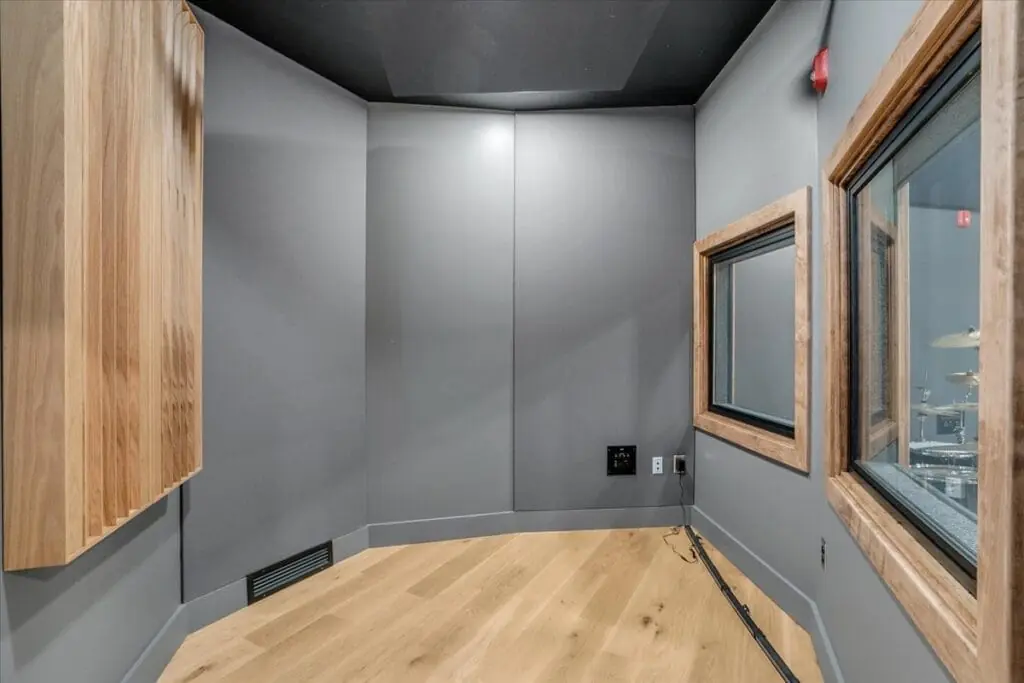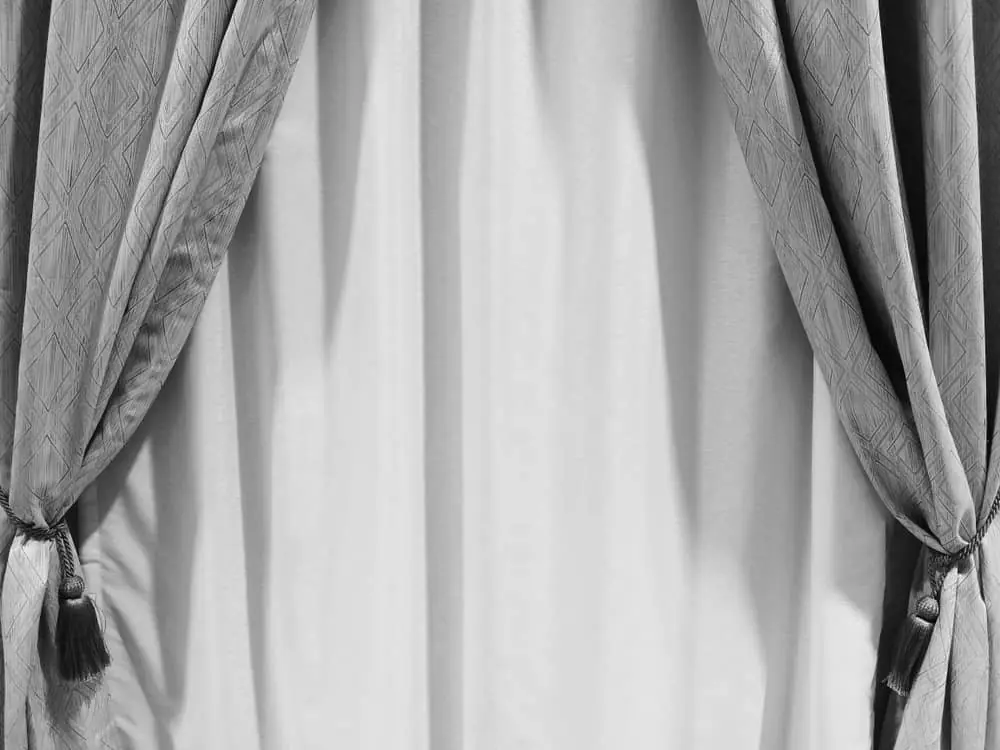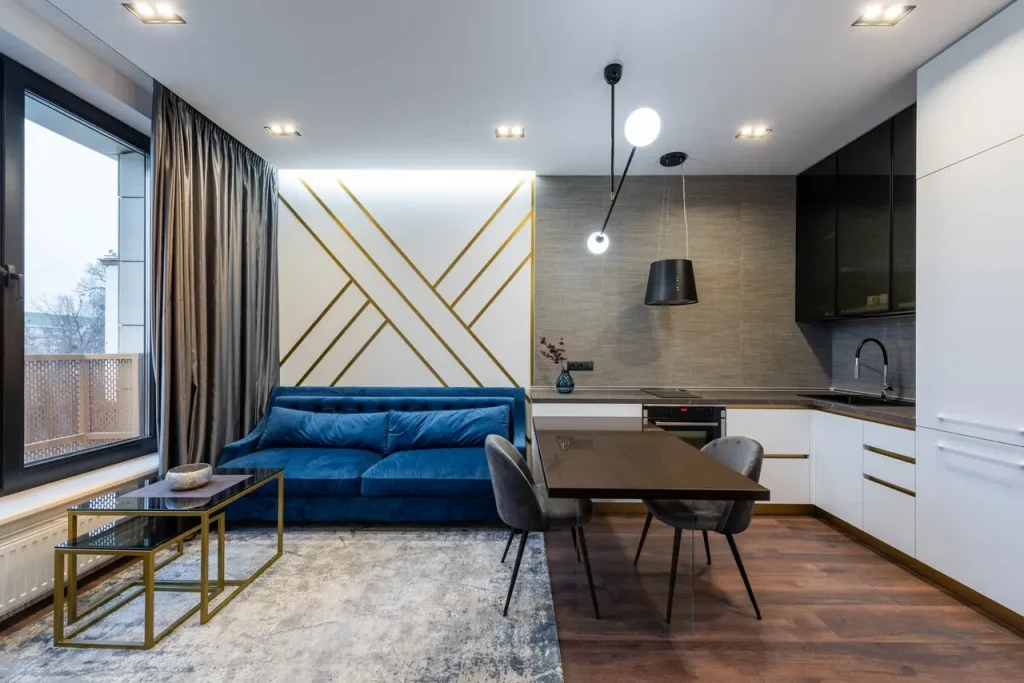Noise has become one of the most common challenges in modern living. Whether it is traffic outside your window, footsteps from an upstairs neighbor, or the hum of household appliances, unwanted sound can affect concentration, relaxation, and even sleep quality. Soundproofing offers practical solutions to reduce noise and create a more peaceful indoor environment.
This guide explores effective soundproofing methods for homes, apartments, and offices. From understanding how sound travels to learning which materials work best, you will discover strategies to block noise and improve comfort.
What Is Soundproofing?
Soundproofing is the process of minimizing the transmission of sound from one area to another. It works by absorbing, blocking, or dampening sound waves to reduce unwanted noise. Unlike basic insulation, soundproofing materials are designed specifically to combat different types of noise.
Types of Noise to Address
- Airborne noise: Sounds that travel through the air such as voices, music, or traffic.
- Impact noise: Vibrations from footsteps, dropped objects, or furniture movement.
- Structural noise: Sounds that travel through building materials like walls, floors, and ceilings.
Understanding the type of noise helps in choosing the right soundproofing method.
Benefits of Soundproofing Your Space
Soundproofing is more than just blocking noise. It offers a wide range of benefits that improve quality of life.
- Improved focus: Reduced distractions make it easier to concentrate while working or studying.
- Better sleep: A quieter bedroom helps create a restful environment.
- Increased privacy: Prevents conversations from being overheard.
- Enhanced property value: Soundproofed homes are more appealing to buyers and tenants.
Effective Soundproofing Materials
Choosing the right material is critical for effective noise control. Each option addresses sound in different ways.
Acoustic Panels
Acoustic panels absorb sound waves to reduce echo and reverberation. They are ideal for offices, home studios, and entertainment rooms.
Mass Loaded Vinyl (MLV)
A dense yet flexible material, MLV is installed in walls, ceilings, or floors to block airborne noise. It is one of the most effective sound barriers available.
Soundproof Curtains
Heavy, multilayered curtains can reduce outside noise while also controlling light. They are easy to install and work best for windows and sliding doors.
Insulation Materials
Fiberglass and mineral wool insulation provide excellent sound absorption inside walls and ceilings. They are often used in combination with other methods for maximum effectiveness.
Carpets and Rugs
Soft flooring materials reduce impact noise by absorbing vibrations. This is particularly useful in multi-level buildings.
Soundproofing Walls
Walls are one of the most common pathways for sound transmission. Strengthening them can significantly reduce noise.

Options for Wall Soundproofing
- Add extra layers of drywall with soundproofing adhesive.
- Use resilient channels to create a sound-dampening gap.
- Insert acoustic insulation inside wall cavities.
- Apply soundproof wallpaper or panels for quick solutions.
These methods work together to block both airborne and structural noise.
Soundproofing Windows
Windows are often the weakest points for blocking outside noise. Luckily, several strategies can make them more effective.
- Install double or triple-glazed windows.
- Use soundproof window inserts.
- Seal gaps with weatherstripping.
- Add thick soundproof curtains or blinds.

Even small improvements can reduce noise infiltration significantly.
Soundproofing Doors
Hollow-core doors do little to stop sound. Replacing them or enhancing their structure makes a big difference.
- Upgrade to solid-core doors.
- Use door sweeps and seals to close gaps.
- Add soundproofing panels or door covers.
A well-sealed door prevents both airborne noise and drafts.
Soundproofing Floors and Ceilings
Floors and ceilings often carry impact noise such as footsteps, dropped items, and furniture movement.
Flooring Solutions
- Install carpet with thick underlay.
- Use cork or rubber flooring materials.
- Add interlocking foam mats in high-traffic areas.
Ceiling Solutions
- Apply acoustic ceiling tiles.
- Add extra layers of drywall with damping compounds.
- Install suspended ceilings for additional noise reduction.
These upgrades are especially useful in apartments or multi-level homes.
DIY Soundproofing Tips
Not every solution requires major renovation. Simple do-it-yourself methods can reduce noise at a lower cost.
- Rearrange furniture to block noise pathways.
- Seal cracks and gaps with acoustic caulk.
- Place bookshelves against shared walls.
- Use draft stoppers at the base of doors.
- Add thick rugs or floor mats in echo-prone rooms.

Small adjustments often make noticeable improvements.
Professional Soundproofing Services
While DIY methods work for minor noise issues, professional soundproofing is recommended for long-term or severe problems. Experts can assess your space, identify weak points, and install high-quality materials for maximum results. Professional services are especially valuable for recording studios, offices, or apartments with strict noise regulations.
Cost of Soundproofing
The cost of soundproofing varies depending on materials, room size, and the extent of work required.
- DIY projects: $50 to $500 for basic improvements.
- Mid-range solutions: $1,000 to $3,000 for wall or ceiling upgrades.
- Professional installation: $5,000 and above for full-room soundproofing.
Investing in soundproofing often pays off through improved comfort and property value.
Conclusion
Soundproofing is a powerful way to create a quieter, more comfortable living or working space. From simple DIY fixes like sealing gaps and adding rugs to advanced methods such as acoustic insulation and mass loaded vinyl, there are options for every need and budget.
If outside noise is disrupting your life, consider starting with small improvements and scaling up to professional solutions. A peaceful environment is not only possible but within reach.
Ready to soundproof your home or office? Visit https://soundkrafted.com/ and explore the best materials and methods today and take the first step toward a quieter space.

